Featured Articles
Golovkin Talks PEDs
The PED kerfuffle hit baseball way before fight sports, somewhat strange, I think, in that when you use PEDs to gain an extra advantage in baseball, you might crush the ball harder. In boxing, an extra edge can help you crack skulls harder, and if we are measuring the possibility of carnage, then one would think PEDs in boxing should be a hot button issue.
The story, the subject, waxes and wanes.
The PED situation popped up courtesy fightwriting dean Thomas Hauser before the last Floyd Mayweather fight, and he followed up with a check-in on Oct. 13.
I also wrote about WHY it matters, overall, and focused on that subject in the context of Floyd Mayweather.
Gennady Golovkin is at or near the lead of the pack to wrestle the leadership baton from “TBE,” so it serves that we, the fans, and the media, will be looking to him for clarity on many matters now.
Such as, PEDs in the game…What does he think about them?
“I think (testing) is very important for people,” the 33-year-old Kazakhstan native, who lives in California, told me. “Not just for athletes, for people. For next life…doping is not good for people. I use before this fight VADA testing, every time I show I don’t like doping…it’s very important. I like for everybody natural.”
Is it important as a leader to show you’re clean, I wondered..
His promoter Loeffler noted that in a combat sport, cheating can have disastrous consequences, so that’s important to his kid, and with the WBC, a push is being made to ramp up more testing.
Trainer Abel Sanchez told me 3G was tested about four times, by the VADA crew. “I believe one blood and three urines,” he said. And we know that Tom Hauser wrote of some seemingly early cutoffs for Floyd Mayweather, in some of his bouts being overseen by USADA. When was the last time Gennady was tested, by VADA?
“Yesterday (Thursday), late afternoon,” Sanchez told me. “Every time, they just showed up, no warning.” Solid, I say, as it should be…Amen…
I think all of us can encourage all these guys to walk the walk, be a role model in this area.
Some of the “leaders” I would expect to take a stand on this issue, the so-called sages and moralists in fact are conspicuously absent in their support of stringent testing.
You know some of the guys I’m thinking about….
Follow me on Twitter y’all. https://twitter.com/Woodsy1069
-

 Featured Articles3 weeks ago
Featured Articles3 weeks agoAvila Perspective, Chap. 330: Matchroom in New York plus the Latest on Canelo-Crawford
-
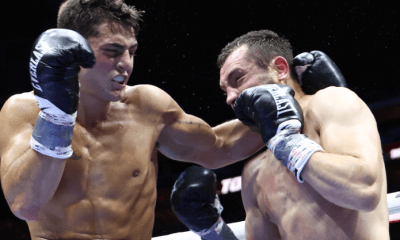
 Featured Articles2 weeks ago
Featured Articles2 weeks agoVito Mielnicki Jr Whitewashes Kamil Gardzielik Before the Home Folks in Newark
-
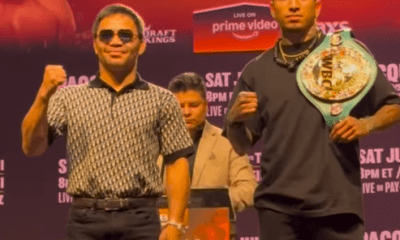
 Featured Articles4 weeks ago
Featured Articles4 weeks agoAvila Perspective, Chap 329: Pacquiao is Back, Fabio in England and More
-
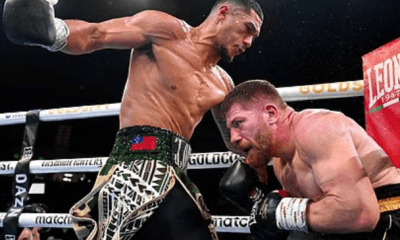
 Featured Articles3 weeks ago
Featured Articles3 weeks agoOpetaia and Nakatani Crush Overmatched Foes, Capping Off a Wild Boxing Weekend
-
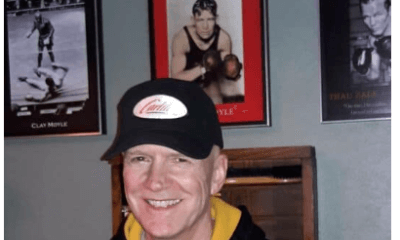
 Featured Articles2 weeks ago
Featured Articles2 weeks agoCatching Up with Clay Moyle Who Talks About His Massive Collection of Boxing Books
-

 Featured Articles4 weeks ago
Featured Articles4 weeks agoFabio Wardley Comes from Behind to KO Justis Huni
-
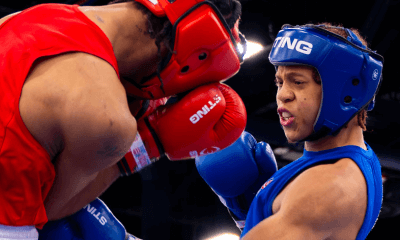
 Featured Articles1 week ago
Featured Articles1 week agoMore Medals for Hawaii’s Patricio Family at the USA Boxing Summer Festival
-
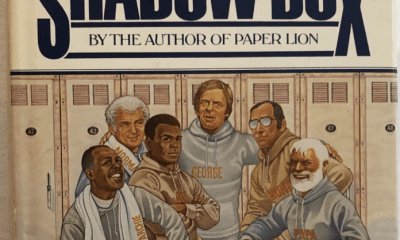
 Featured Articles4 weeks ago
Featured Articles4 weeks agoDelving into ‘Hoopla’ with Notes on Books by George Plimpton and Joyce Carol Oates















